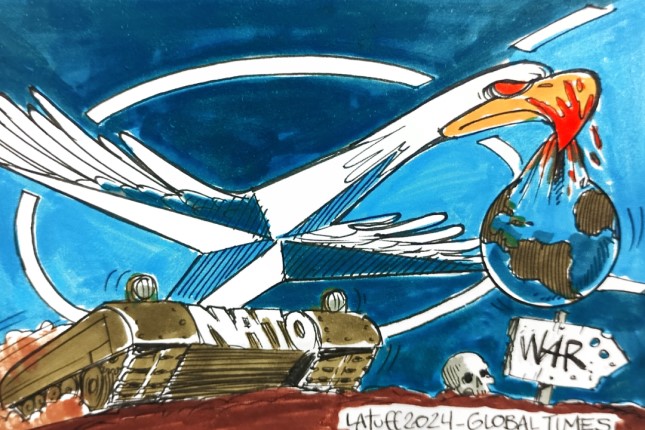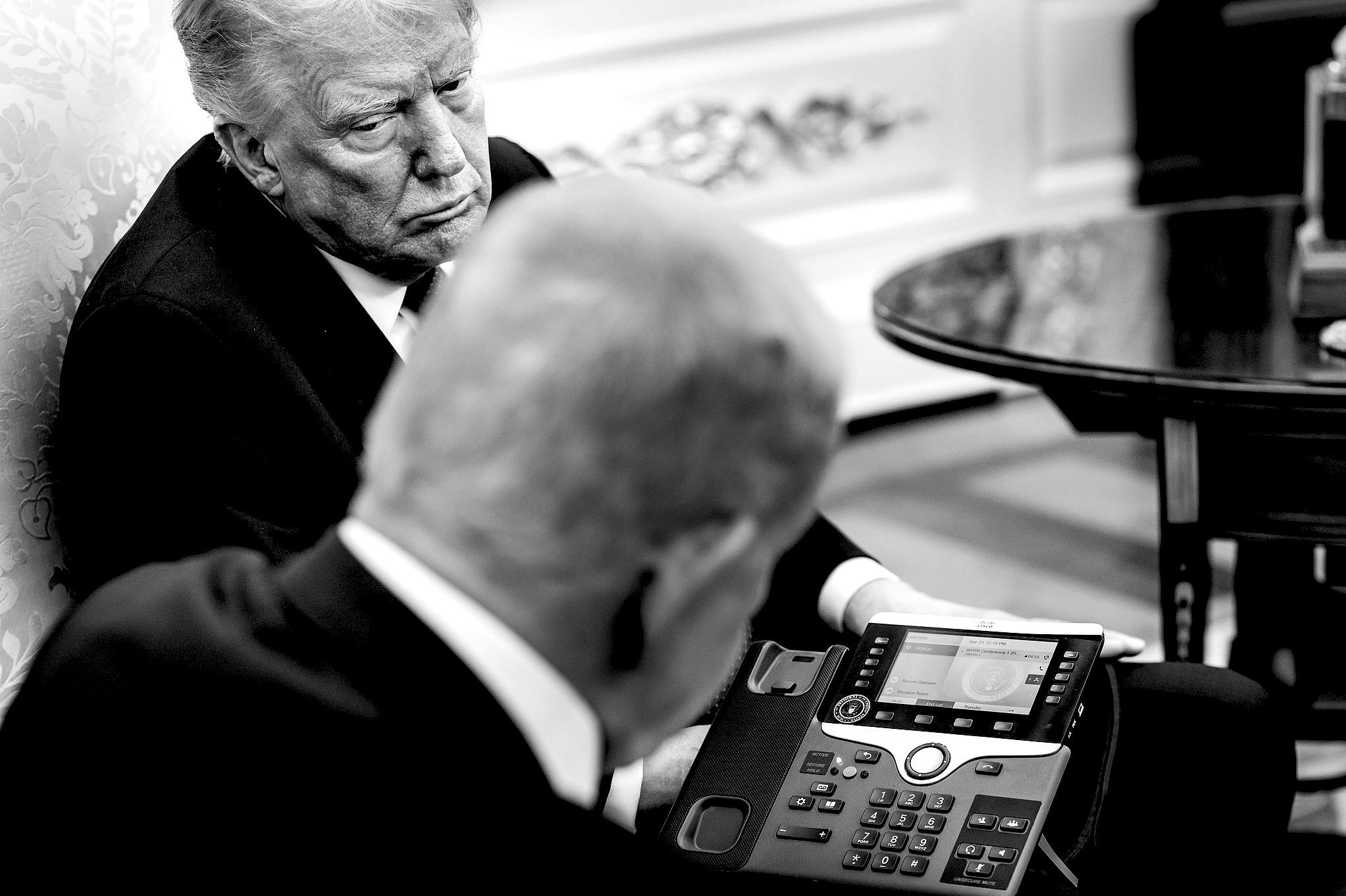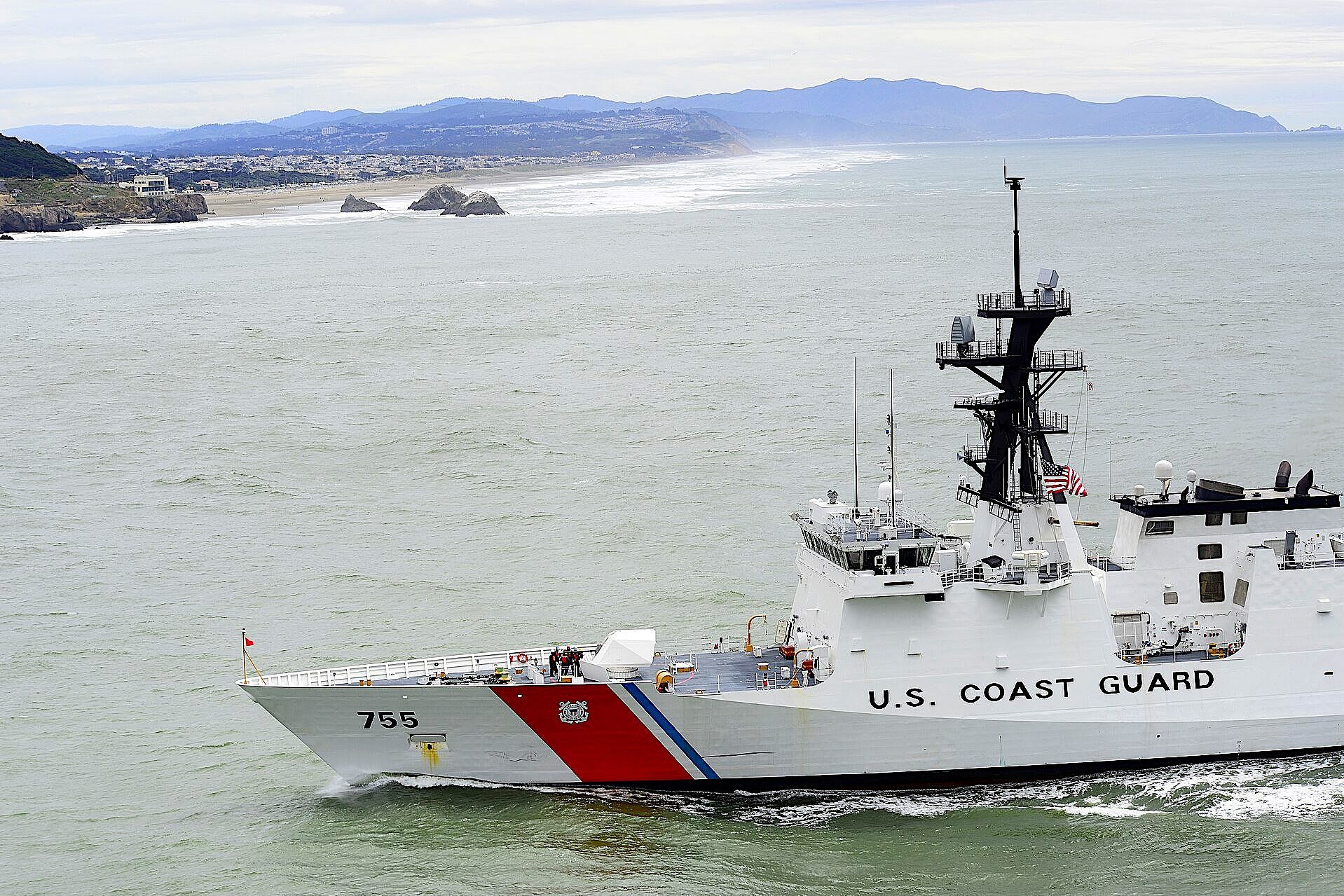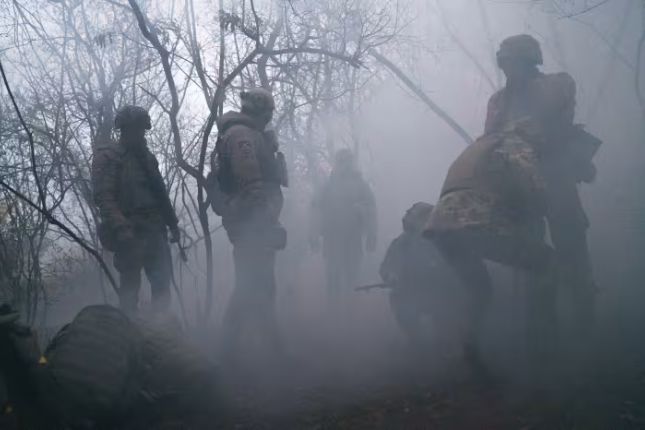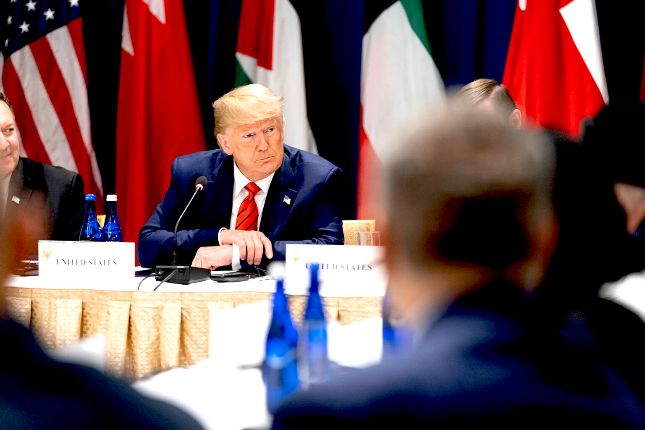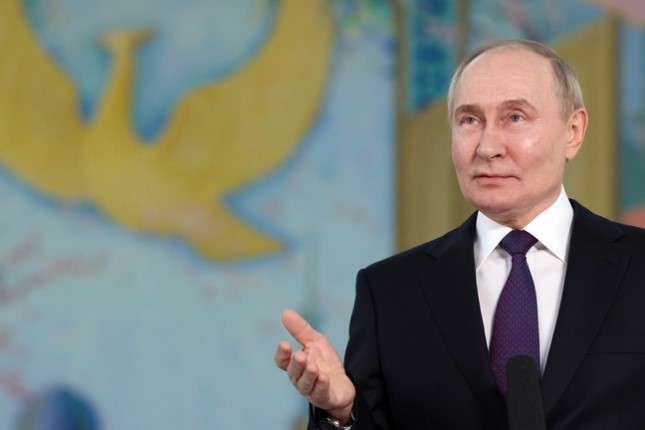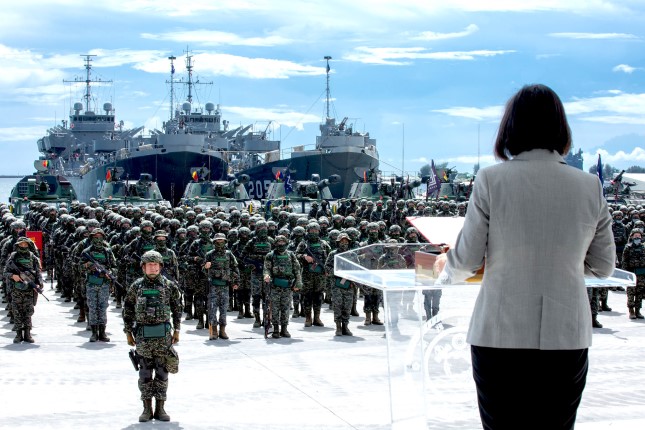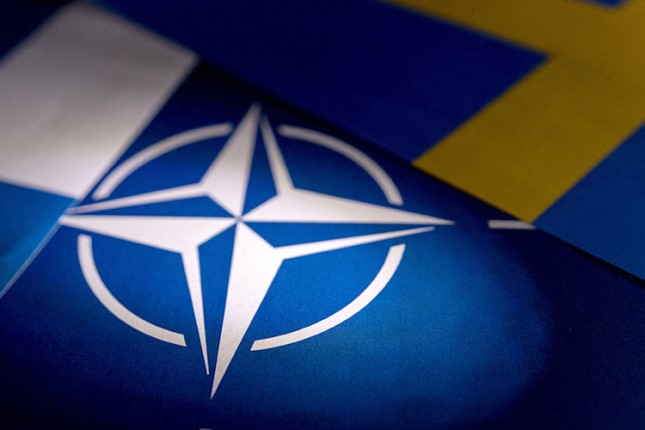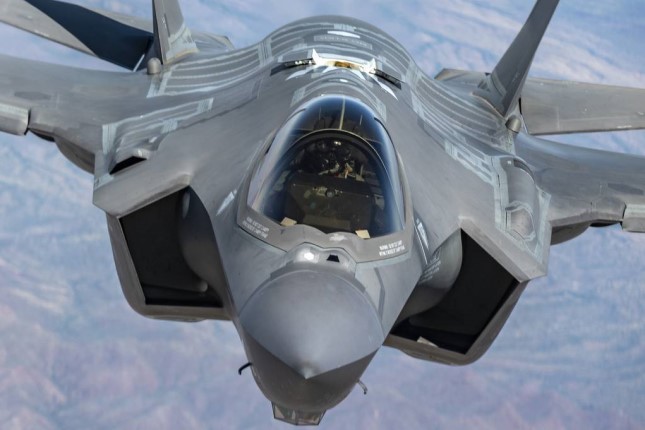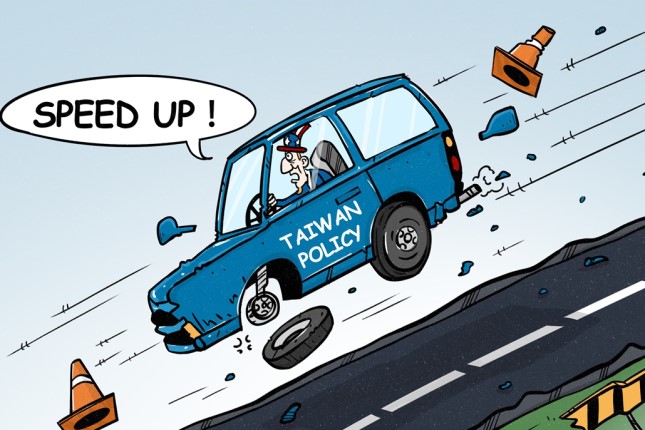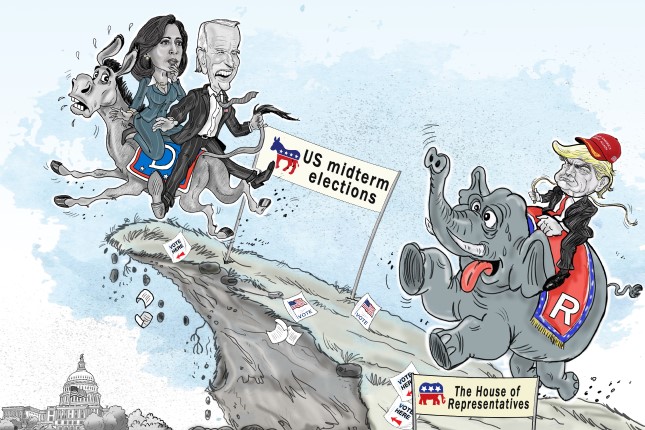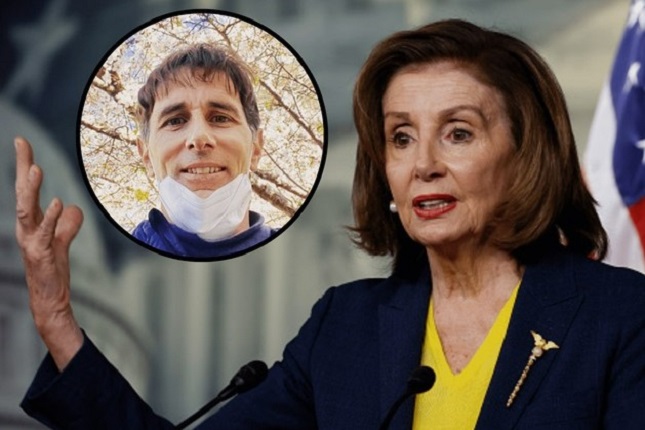This includes the approval of an additional $60 billion aid package and a four-year budget of $54.5 billion to support Ukraine.
During Stoltenberg's interviews or speeches in the US, he repeatedly mentioned China, explicitly positioning it as a "challenge" for NATO. It appears that the leader of the world's largest military organization no longer restricts the definition of the Russia-Ukraine conflict to Europe, but instead sees it as indicative of a broader global geopolitical conflict. As a result, he is seeking legitimacy for NATO's global expansion. Expansion is the internal need of NATO, while war is the external need. Without war, this military organization would lose its raison d'être. NATO must have a clear target. If it doesn't, then it must create one.
After the dissolution of the Warsaw Pact following the end of the Cold War, NATO has been exploring its future direction. In December 1998, then US secretary of state Madeleine Albright outlined Washington's views on the strategic adjustment of NATO at a meeting. She believed that the principle of "collective defense" should be given a new interpretation as "defending alliance interests," in order to enable NATO to respond rapidly to crises beyond its defense zone.
As Russia continues to react to NATO's eastward expansion, the focus is more directly directed toward Russia. The outbreak of the Russia-Ukraine conflict has strengthened NATO's cohesion, at least leading its leaders to believe that the organization should reinforce and broaden its reach, with Asia being the next target.
During his visit, Stoltenberg consistently associated China with the Russia-Ukraine conflict. In a speech at the Heritage Foundation, he asserted that a victory for Russia would empower other countries such as North Korea, Iran, and China to use force.
Moreover, in an interview with Fox News, he emphasized explicitly, "Today it's Ukraine, tomorrow it might be Taiwan." He also highly praised former US president Donald Trump for adjusting the strategy toward China in 2017, leading NATO to help European allies fully appreciate "the challenges posed by China."
Clearly, this is not just about NATO seeking funds. This is a clear preparation of public opinion to expand the Russia-Ukraine conflict into a world war. From discussions on transforming NATO into a more political organization to the present-day state, where it now views Russia as a primary target and considers China a potential adversary, it is evident that NATO's strategic adjustments and expansion goals are becoming more apparent.
The global strategic adjustment of NATO brings greater risks and uncertainties. From Stoltenberg's words, we hear that NATO's footsteps are moving toward Asia, and they are well-prepared.
This strategic adjustment by NATO may enhance its internal cohesion in the short term and continue to maintain its position as the world's most powerful military force held by the US and the West. However, in the long term, it may lead to more divisions and confrontations globally, profoundly affecting international relations and the security environment around China. Once NATO begins expanding into Asia, not only could it exacerbate global geopolitical tensions, but it could also escalate arms races and regional conflicts. The danger of war will inevitably increase as NATO advances and expands globally, and those affected will not be limited to Asia.
Source © Carlos Latuff.
Source: The Global Times.
